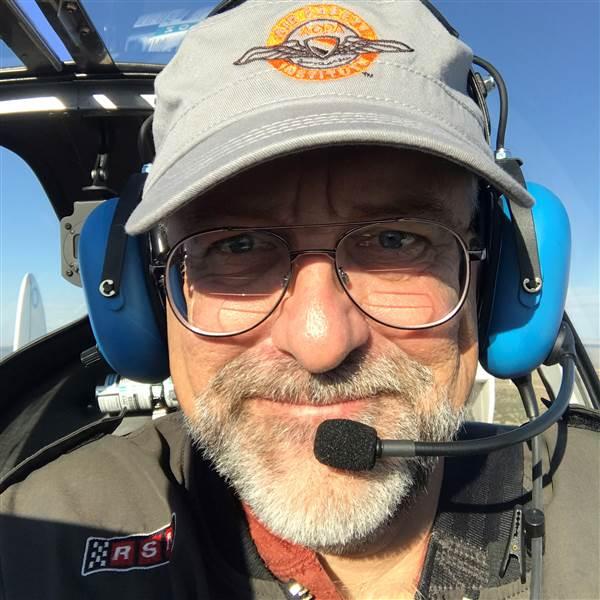Training and Safety Tip: Be a good neighbor
It’s hard to believe, but there are people out there who don’t love the sound of airplanes. Even more unbelievably, these people often end up buying homes near airports, and then they complain about the airport noise. Sometimes they can even endanger an airport’s existence.
To keep the peace with the neighbors—and remain operating—an increasing number of airports have adopted noise abatement procedures to reduce the operational noise impact. Think of them as peace treaties between the airport and the surrounding community, and they’re now common enough that checking for them should be as routine a preflight action as checking runway lengths. As a visiting pilot, you represent the airport, so you need to be a good neighbor by knowing and following the local procedures.
Here’s a tip on those books: The states included in each volume are arranged in alphabetical order. Within each state, the airports are also listed in alphabetical order, not, however, by the name of the airport but rather by the name of the city in (or near) which the airport is located. Sometimes (but not always) airports and cities are cross-referenced, so taking the time to check the airport’s address, available in the AOPA Airport Directory, can save you a ton of time.
Abbreviated or summarized noise abatement procedure descriptions can make it difficult to visualize what exactly you are supposed to do, so I recommend checking the supplement first. If there is a noise abatement procedure, the airport’s webpage will often have an illustration of it.
Many noise abatement procedures require you to fly a nonstandard approach and/or departure. Some are simple, while others involve complex navigation. On the bright side, as a student, these variations will end up greatly expanding your capabilities.
And isn’t being able to land safely and smoothly using a nonstandard approach a true mark of a skill? Plus, it’s neighborly.




